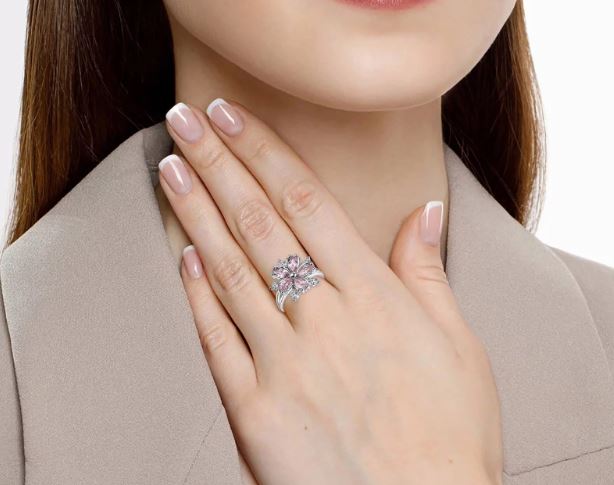Diamonds have long been a symbol of love, luxury, and eternal commitment. For decades, the diamond industry has thrived on the notion that diamonds are rare, precious, and valuable. However, a closer look at the diamond market reveals a complex and evolving landscape, where consumer preferences and industry dynamics are reshaping the traditional diamond trade. One notable development in recent years is the emergence of lab-grown diamonds and their growing popularity, particularly in the form of lab diamond rings.
The article “Have You Ever Tried to Sell a Diamond?” delves into the shifting dynamics of the diamond market and explores the rising demand for lab-grown diamonds, also known as synthetic diamonds. Unlike natural diamonds, which are formed deep within the Earth’s crust over millions of years, lab-grown diamonds are created in a controlled laboratory environment using advanced technology. These diamonds possess the same chemical and physical properties as their natural counterparts but are produced in a shorter timeframe and with a reduced environmental impact.
One of the driving factors behind the increased interest in lab-grown diamonds is the growing demand for sustainable and ethically sourced jewelry. As consumers become more conscious of the environmental and social impact of their purchases. Lab diamond rings offer a compelling alternative. The article highlights the fact that lab-grown diamonds are free from the ethical concerns associated with traditional diamond mining, such as forced labor and environmental degradation. This makes lab diamond rings an appealing choice for those seeking a more responsible and sustainable option.
The affordability of lab-grown diamonds is another aspect that has contributed to their rising popularity. Natural diamonds are often accompanied by a significant price tag, reflecting their rarity and the high costs associated with mining and distribution. In
contrast, lab-grown diamonds are generally more affordable, allowing consumers to access the beauty and elegance of diamonds without breaking the bank. This accessibility has made lab diamond rings a viable choice for engagement rings, wedding bands, and other jewelry pieces.
The article also touches upon the marketing and branding strategies employed by companies in the lab-grown diamond industry. It highlights how these companies have effectively positioned lab-grown diamonds as a desirable and credible option for consumers. By emphasizing the quality, ethical sourcing, and competitive pricing of lab-grown diamonds, they have successfully challenged the traditional notion that natural diamonds are the only true representation of luxury and commitment.
While the rise of lab-grown diamonds poses new opportunities for consumers, it also raises questions about the future of the diamond industry as a whole. The article explores the potential impact of lab-grown diamonds on the traditional diamond trade and the response of industry stakeholders. It also examines the changing perceptions of diamonds among younger consumers who prioritize sustainability and ethical considerations in their purchasing decisions.
In conclusion,
the article “Have You Ever Tried to Sell a Diamond?” sheds light on the growing demand for lab-grown diamonds and the increasing popularity of lab diamond rings. With their sustainable sourcing, competitive pricing, and comparable quality, lab-grown diamonds are challenging the status quo of the diamond industry. As consumers seek more responsible and accessible options, lab diamond rings have emerged as a compelling choice for engagements, weddings, and special occasions. The article highlights the transformative potential of lab-grown diamonds and invites readers to consider the evolving landscape of the diamond market.
